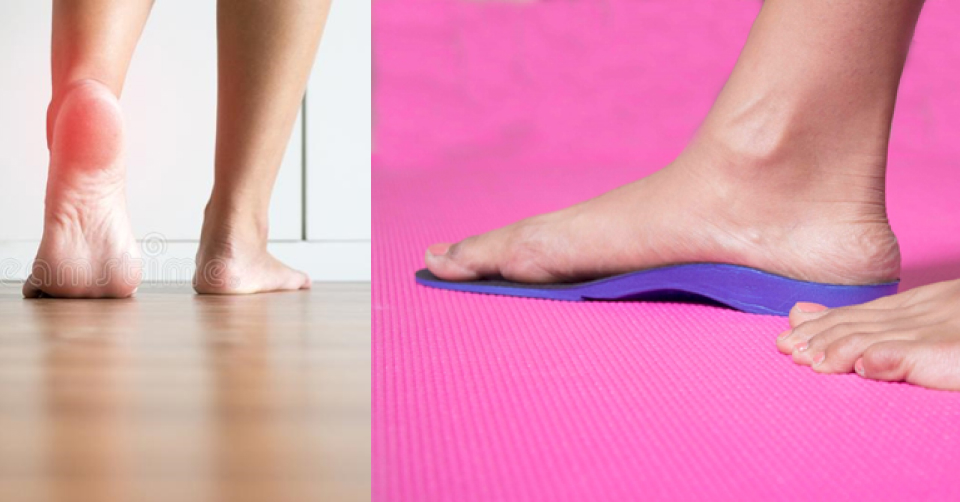
Beyond Kegels: A Comprehensive Approach to Urine Incontinence
INCONTINENCE HOTLINE: PLEASE HOLD- PART 2
IT’S NOT ONLY KEGELS
So here we are: part 2 of the urine incontinence series. Type ‘urine leakage’ in Google and chances are, you are told to ‘KEGEL ‘exercises. And this is touted as the one size fits all kind of exercise.
Is it though?
The answer is – NO.
What are KEGEL exercises? These are exercises which involve repeated contracting and relaxing the pelvic floor muscles. Hence they are also called pelvic floor exercises.
The problem is – the way we do it. Most women don’t do the exercise well (simply squeezing your buttock muscles doesn’t quite help.
Also, as I’ve mentioned earlier, there are various factors for urine incontinence – like repeated Urinary tract infections, persistent cough, constipation, back pain, poor core muscles, and prolapses. Until the primary cause is addressed, merely doing pelvic floor exercises doesn’t sort the problem completely.
Here’s a step by step approach to deal with urinary incontinence:
Step 1- Visit your Gynaecologist. Be descriptive with your problems (it helps to keep a list). How many times you leak, what activities cause the leak, have you been sick lately, have you gained weight, have had urinary tract infections (UTI). The gynaec will do a through internal check (this is very important), maybe ask for an ultrasound (this is important too), to rule out problems like UTI, prolapse. Give you the required medications relevant for you. Your Gynaec may refer you to a Diabetologist( in case of uncontrolled diabetes), nutritionist ( for constipation), chest physician ( in case of repeated coughing or asthma) and a pelvic floor rehab therapist ( yes, the likes of me!) for strengthening r relaxing your pelvic floor muscles.
Step 2- Visit your Pelvic floor Physiotherapist.
A session would typically entail a detailed history to understand your problem thoroughly. An internal check to understand the actual strength of your pelvic floor, the tone , in case there are any tightness( this cannot be done in an external check and that is why you need a physical therapist who specialises in pelvic floor , as they are trained specifically for this).
Depending on your assessment a treatment plan is charted out for you and the first set of exercises is shown to you, and you are taught to do the same on your own, as a home program is equally important. Basic core exercises are started under supervision. Dos and don’ts taught, good bladder emptying techniques are taught. Questions and doubts addressed and you are done.
Typically takes an hour.
Step 3- do your home exercises.
Now that’s a game changer. Being compliant with the exercises will ensure you get better in the timeline given to you by your physiotherapist.
That’s it! 3 simple doable steps to sort this common, yet troublesome issue.
Hope this helps. As usual, you can reach out to me at shineeshanbhag@gmail.com for further doubts and queries.
May your coffee, intuition and pelvic floor remain as strong as you wish to be.
Stay well, stay informed.
Dr SHINEE SHANBHAG
Consultant Physiotherapist
Deputy Medical Director
PHYSIOREHAB clinics India Pvt. Ltd.





